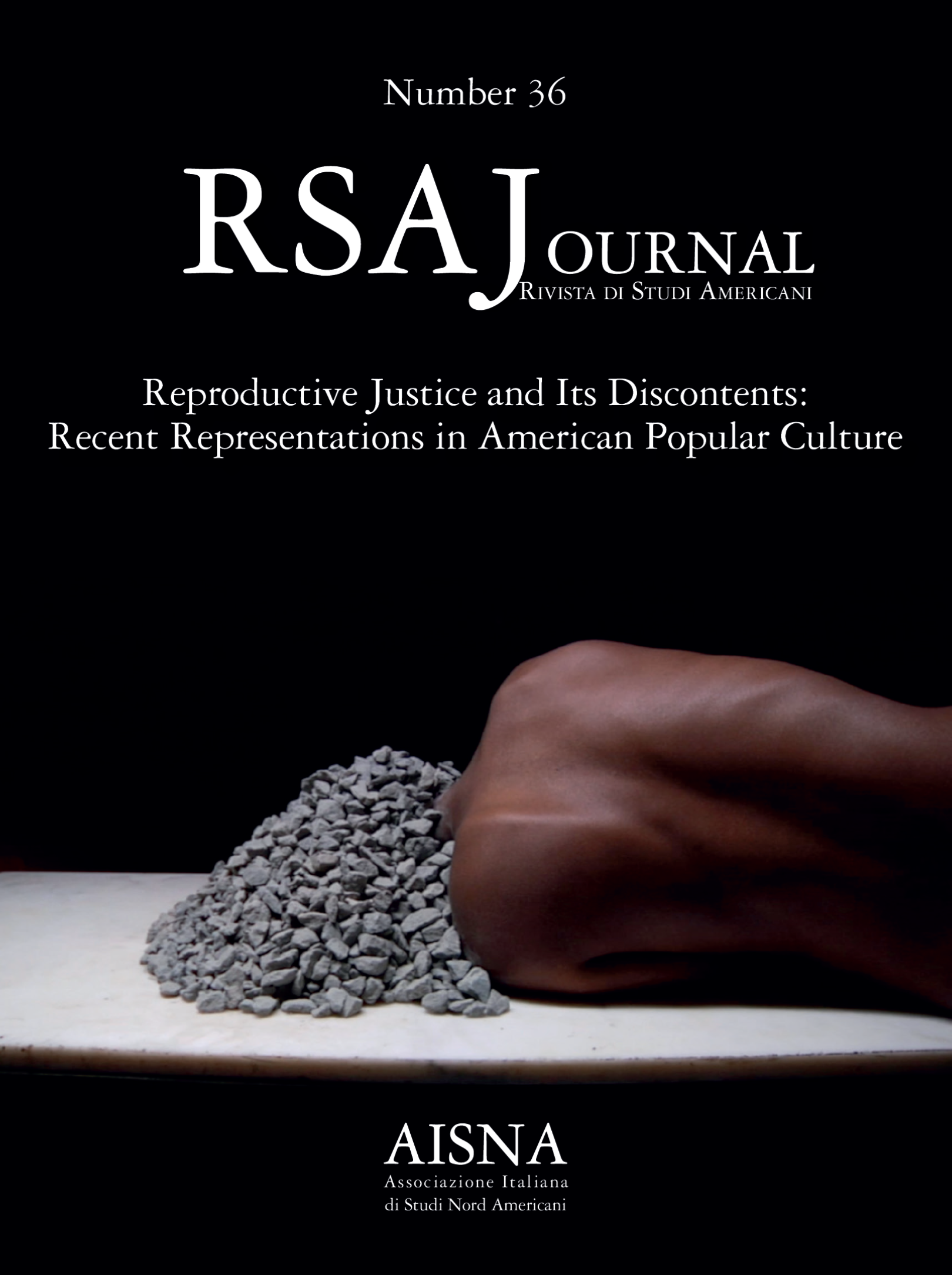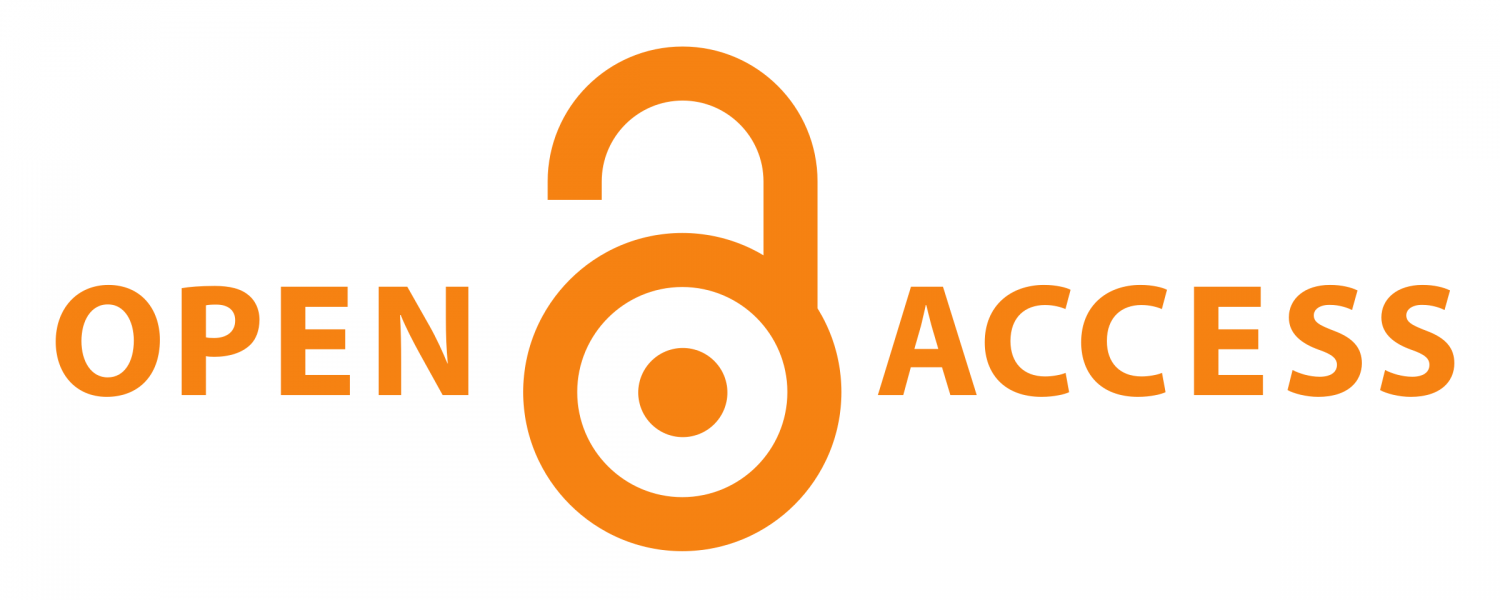Unveiling an Absent Presence
Spaces of Breastfeeding in Contemporary Narratives
DOI:
https://doi.org/10.13135/1592-4467/11857Parole chiave:
Breastfeeding, Feminism, Media, Literature, Public HealthAbstract
Breastfeeding as a complex discourse, and how different subjects enter this discourse, handle it, and entwine it with the embodied practice of lactation, have become increasingly visible and important matters at a historical time when the medical encouragement to breastfeed openly clashes with the impracticality, for many, of pursuing the activity. Against the background of this contemporary contradiction, this essay proposes to explore the subject of breastfeeding in selected contemporary narratives. I shall offer examples of how a historical cultural repertoire of lactation signs and motifs entwines with contemporary debates around breastfeeding – already themselves articulated across several spheres, from medical discourse to feminist criticism to cultural studies to the health humanities – and ‘seeps’ into creative products from highbrow to middlebrow. Among relevant works are novels (for instance, by Toni Morrison and Shanthi Sekaran), tv series (among which ER, House, M.D., Desperate Housewives, and Game of Thrones), and films. Overall, albeit in different ways and with profoundly different implications, such works can be discussed as creative responses to an existing contradiction: one between acts of breastfeeding and the existence of obstacles to the realization and instantiation of this practice. I am especially interested in representations and readings that question the ‘privatization’ of breastfeeding, revealing instead its existence as a public issue, beyond the idea of parenthood as (neoliberal) ‘identity work’. I also hope to illustrate how the ‘absent presence’ of reastfeeding channels and contributes to revealing contemporary anxieties about gender, sexuality, race, motherhood, parenthood, and medicalization/healthcare. Some of the works analyzed here reveal an increasing necessity of tackling breastfeeding as well as the anxiety of culturally managing it, oscillating among its exposure and its removal from sight, its valorization and its debasement, alternatively emphasizing its naturalness and its putatively regressive, even dangerous quality. On the other hand, other works articulate breastfeeding as a relational practice which becomes a nodal point, a lens through which broad issues of historical and political importance can be (re)focused.
##submission.downloads##
Pubblicato
Fascicolo
Sezione
Licenza
Copyright (c) 2025 Serena Fusco

Questo lavoro è fornito con la licenza Creative Commons Attribuzione - Non commerciale - Non opere derivate 4.0 Internazionale.
Avviso sul Copyright
RSAJournal applica una licenza CC BY-NC-ND a tutti i suoi contributi. Questa licenza consente agli utenti di copiare e distribuire il materiale in qualsiasi supporto o formato solo in forma non adattata, per scopi non commerciali e a condizione che venga esplicitato/a l'autore/autrice dell'opera. CC BY-NC-ND include i seguenti elementi:
- BY: L'autore deve essere riconosciuto come tale.
- NC: Sono consentiti solo utilizzi non commerciali dell'opera.
- ND: Non sono consentite opere derivate o adattamenti dell'opera.
Gli autori che pubblicano con questa rivista accettano i seguenti termini:
- Gli autori conservano il copyright e tutti i diritti di pubblicazione per i loro contributi alla rivista.
- Gli autori concedono alla rivista il diritto di prima pubblicazione in base alla licenza internazionale Creative Commons Attribution-NonCommercial-NoDerivatives 4.0, che consente ad altri di condividere l'opera non modificata per scopi non commerciali a condizione che venga esplicitato/a l'autore/autrice dell'opera e la sede di pubblicazione iniziale (questa rivista).
- Gli autori sono in grado di stipulare accordi contrattuali separati e aggiuntivi per la distribuzione non esclusiva della versione pubblicata dalla rivista (ad esempio, per inserirla in una repository istituzionale o pubblicarla in un libro), con l'indicazione che il contributo è stato precedentemente pubblicato in RSAJournal.




